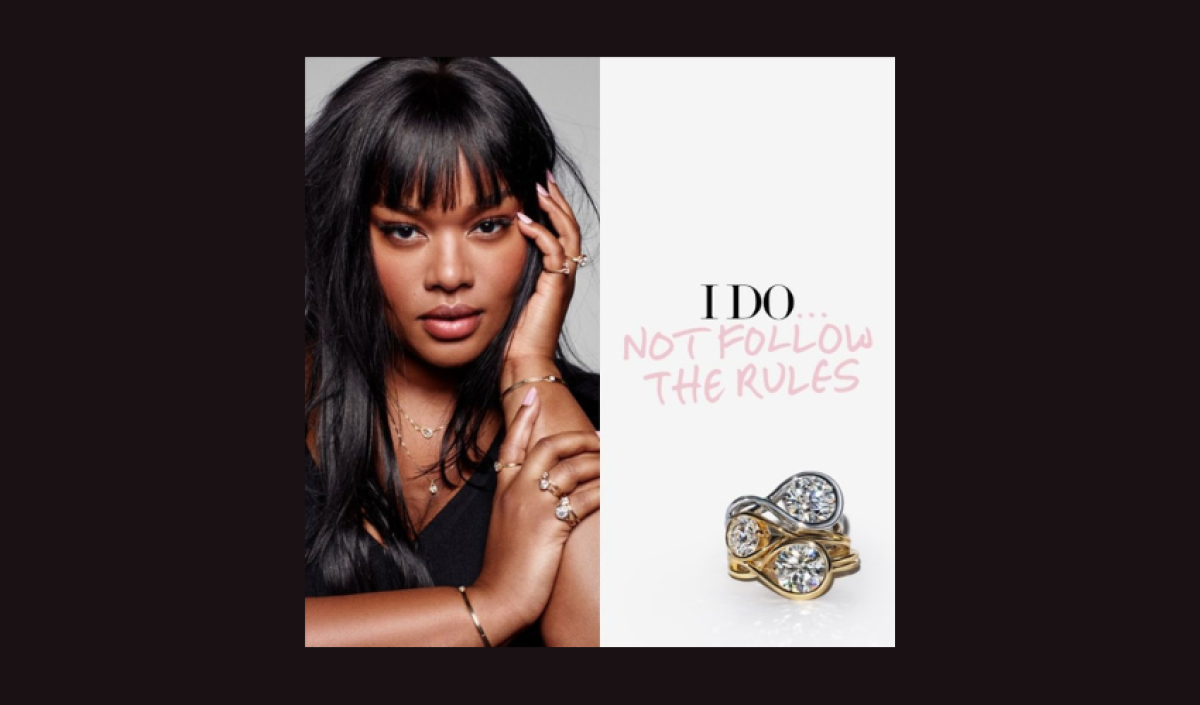Pandora’s Lab Grown Diamond initiative and the power of ‘sub-brands’

Pandora launched a campaign last month featuring Pamela Anderson as the face of its lab-grown diamond collection, introducing rings, earrings, bracelets, and necklaces. Aimed at the 600 million annual customers who desire diamonds, but find mined diamonds unaffordable, Pandora seeks to ‘democratise’ the jewellery space.
Pandora's lab-grown diamond (LGD) initiative, which began in the U.K. in 2021, expanded to the U.S. and Canada a year ago. The company, recognising the sustainability appeal, is set to launch three new LGD collections, adding nearly 60 designs to the existing 33-piece collection.
The "Diamonds for All" theme emphasises the brand's commitment to ‘democratising fine quality jewellery at affordable prices, ranging from £300 to over £4,500. The focus is on creating unique, personalised pieces designed for layering and compatibility with existing collections.
Pandora’s cultural context
This comes as we’re on the edge of one the greatest transfers of wealth in modern history, as many ‘Zoomers’ are set to receive inheritances or cash support from their Millennial and Baby Boomer parents and grandparents.
So, what does this mean?
Brands are vying for the spending power of younger consumers, but Gen-Z values different things when making purchasing decisions than the generations before them. If we look back through time, every century has stood for a different thing when it comes to buying and selling:
In the 19th century, business was purely transactional. Buyers wanted something, so they’d pay any seller who’d supply it. In the 20th century, we started to see emotions come into play. Consumers were more likely to purchase a product whose branding or advertising evoked an emotional response in them.

And now, in the 21st century, it’s all about values and beliefs.
With so much competition for practically everything nowadays, the only way to stand out is by having a strong brand story that ties into greater ethical guidelines and an impact on society.
Young people no longer want to just consume products. They want to actively participate in the creative process and become part of a bigger community.
So how can brands achieve this? By launching sub-brands or new collections to appeal to younger demographics without alienating their existing customer base. Take a look at Hum, Colgate-Palmolive’s younger, fresher and ‘cooler’ new line featuring a smart toothbrush that makes brushing more fun.
By truly listening to young, diverse voices and noticing shifts in consumption habits. Many younger consumers avoid buying diamonds for ethical or environmental concerns, opting for manmade options like moissanite instead. That’s why Pandora launched a sustainable, lab-grown diamond collection.
By taking things slow. For most brands, evolution is better than revolution. There’s no need to change everything overnight.
Gen Z’s spending power and influence is going to take over sooner than we realise… And by then, a brand’s values, vision and story will be more important than ever.
Image credits: Pandora
If you enjoyed this article, you can subscribe for free to our weekly email alert and receive a regular curation of the best creative campaigns by creatives themselves.
Published on:





